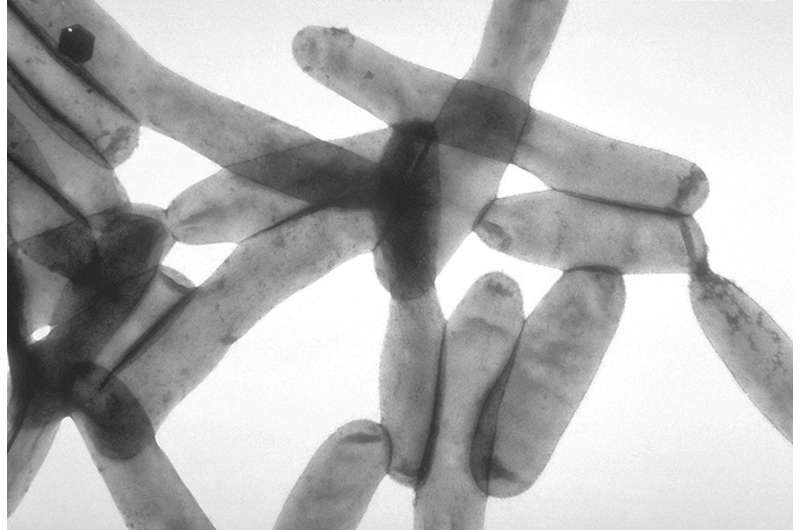This article has been reviewed according to Science X's editorial process and policies. Editors have highlighted the following attributes while ensuring the content's credibility:
fact-checked
peer-reviewed publication
trusted source
proofread
Hydrometeorology and location affect hospitalizations for waterborne infectious diseases in the US, data show

An analysis of 12 years of data collected from over 500 hospitals in 25 different states shows that weather, geographic location, and urban or rural location all appear to influence hospitalizations for waterborne infectious diseases, according to a study published August 7, 2024 in the journal PLOS Water, by Victoria Lynch and Jeffrey Shaman from Columbia University.
Waterborne infectious diseases caused by bacteria, parasites, and viruses still affect over 7,000,000 people annually in the United States. Lynch and Shaman analyzed potential links between weather and hospitalizations for waterborne infectious diseases, specifically looking at whether these associations were influenced by drinking water source, location (rural/urban), and region.
The authors looked at hospitalizations caused by 12 specific water-borne pathogens, including bacteria like Escherichia coli, parasites like Cryptosporidium, biofilm-forming bacteria such as Pseudomonas and the pathogen causing Legionnaires' disease—distinct from other bacterial pathogens because they naturally inhabit environmental water—and Norovirus.
They used data from 516 hospitals in 25 states collected over 2000–2011 as part of the National Inpatient Sample (NIS) from the Healthcare Cost and Utilization Project (HCUP), along with weather and soil data from the NASA/ NOAA North American Land Data Assimilation System 2 (NLDAS-2) dataset.
There were 57,335 hospitalizations for waterborne disease between 2000 and 2011 from 516 hospitals in the United States. The biofilm-forming bacteria comprised nearly 81% of all hospitalizations (66% due to respiratory Pseudomonas infections alone.)
Hospitalization rates for enteric and biofilm-forming bacterial pathogens were significantly higher in areas that used groundwater as a drinking water source instead of surface water. They also found that precipitation, water runoff, and rural locations were positively associated with hospitalizations for some enteric bacterial and parasitic infections, particularly in the Midwestern region.
Specifically, parasitic hospitalizations (predominantly due to Cryptosporidium) increased 9% (95% CI: 4%–15%) with a 1-SD increase in precipitation. Conversely, hospitalizations for biofilm-forming bacterial infections were associated with soil moisture (a proxy for flooding).
Incidences of Legionnaires' disease specifically increased 124% (95% CI: 90%–157%) with a 1-SD increase in soil moisture, and were the only infection more common in urban areas. In general, associations between hospitalization rates and meteorological conditions, location, and drinking water source varied depending on the specific pathogens.
The authors note they weren't able to include data on specific water quality (critical to assess the probable route of exposure for pathogens that can also be present in tainted food, like E. coli), or data from much of the Southeast (where states did not report monthly data to HCUP).
Lynch and Shaman hope future work will be able to incorporate this information and additionally track outbreaks linked with extreme weather events to further clarify the links between hydrometeorology and waterborne diseases.
The authors add, "Our results show how analyses focused on specific pathogens can provide insight into distinct routes of exposure and risk factors for waterborne infectious diseases. This work can help inform weather preparedness efforts, which is particularly important as heavy rain becomes more severe and frequent in a warming climate."
More information: Lynch VD, Shaman J (2024) Hydrometeorology and geography affect hospitalizations for waterborne infectious diseases in the United States: A retrospective analysis. PLOS Water (2024). DOI: 10.1371/journal.pwat.0000206


















